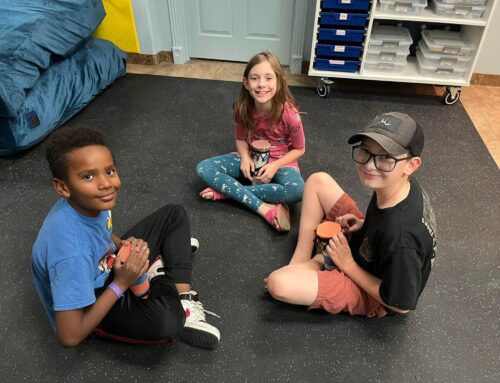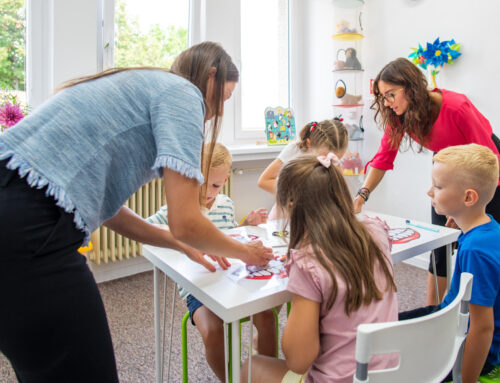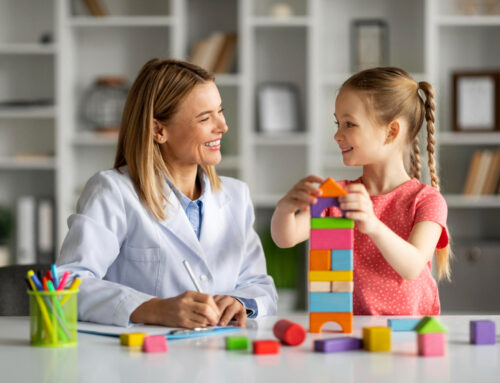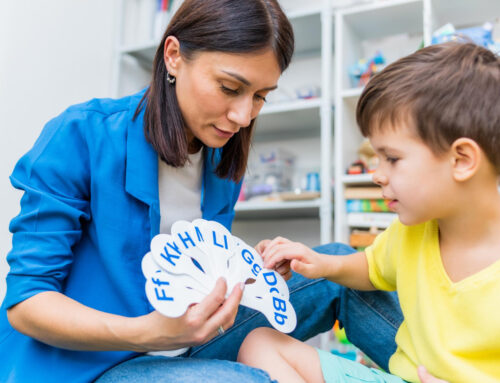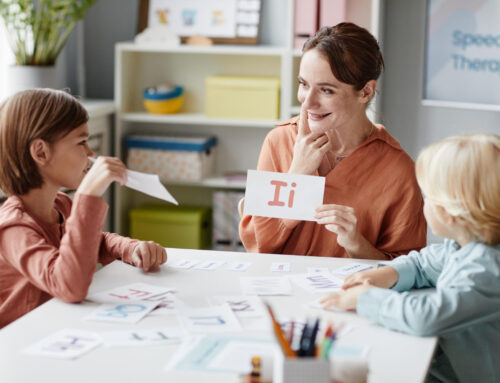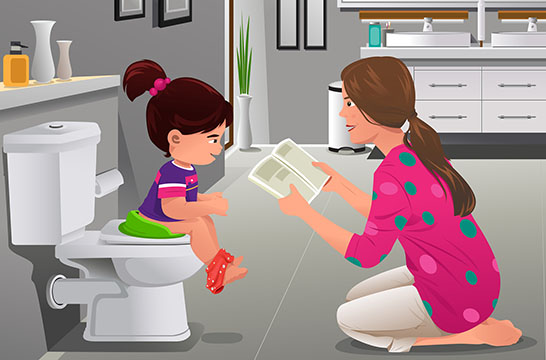
There are numerous professionals as well as parents who are perfectly capable of potty-training a young child. So, first things first: do not think that this article is implying that an occupational therapist is the best recruitment pick for the job. Instead, think of the following information as offering you a small glimpse into what a task like toilet training would look like through an OT’s skilled eye. By their very nature, experienced OTs are constantly breaking tasks apart in their mind in the hopes to reorganize and add in adaptive factors in order for a person to successfully complete activities. In a way, the breakdown looks like absolute chaos on paper for readers who are not certified OTs. Take great comfort in that OTs can decipher the information and use it towards a productive therapy session. For instance in toilet training:
- Task Requirements: Toilet training for one young child will not look the same for another. When teaching the child, there is much more to consider than just sitting on the bowl, relieving urine or fecal matter, wiping with the toilet paper, and then standing back up to pull clothes back on. Remember that the child is probably trying this task for the first time. Therefore, the therapist has to think about clothing complications, (i.e., buttons, zippers, elastics, leggings, pull-ups, diapers, underwear), sitting on a bowl at a certain height (in the event that a stool should be brought in), duration of the task (how long the child is expected to try for urination or for a bowel movement), how much toilet paper is appropriate for a good wipe, and what to do if a mess is involved. In cases where children have special toileting needs, the therapist would have to calculate how to manage catheter and colostomy/iliostomy equipment.Additionally, the OT would also have to track other tasks that the child has participated in during the day and how those tasks will affect his/her toileting schedule. Examples include timing when and how much food and liquid was ingested. A larger-than-usual intake would mean the child’s toileting visits might have to take place more quickly. On the other hand, forcing the child to use the toilet when they haven’t consumed much would make the fruitless efforts frustrating for both the trainer and the child.
- Environmental Considerations: The environment has EVERYTHING to do with successful toilet training because most children will not be using their home toilet every single time they need to relieve themselves. A therapist may acknowledge all of the different types of bathrooms and toilet bowls that the child would have to use throughout the day: at school, at a friend’s house, at a community center/facility, at a department store, at roadside rest stops, etc. Public bathrooms mean that the child will now need to now the social courtesies and use of a bathroom stall, and for male children knowing how to use a less-than-private urinal.
- The Participant: There’s an underlying assumption that children who are in need of OT services may have disorders or conditions that are negatively impacting their ability to complete functional tasks such as toileting. Therefore, the OT needs to evaluate the child’s specific medical and health challenges relevant to therapy. Examples may include urinary or bowel pathologies (i.e., spina bifida), paralysis or atypical movement (i.e., cerebral palsy, spinal cord injuries, hemiplegia, etc.), and cognitive and behavioral issues (i.e., traumatic brain injury, Down syndrome, autism, ADD/ADHD, etc.).
- The Available Assistance: The OT, in a home health setting, would automatically have to consider what type of caregiver assistance is available for the child in order to see toilet training tasks through. Primary caregivers would include available parents, foster parents, guardians, school teachers, and/or respite care and home health aides. Since a home health OT is not at the child’s disposal for a 24/7 schedule, it is essential that primary caregivers carry over education and training from OT during treatment sessions in order to help the child succeed.
The concluding point is that pediatric home health OTs can view and facilitate child-appropriate daily tasks including dressing, feeding, hygiene, bathing, AND toileting. If task, child, and environmental factors are more complex than usual for toilet training due to medical or developmental conditions, parents are welcome to consider consuconsultation with a pediatric OT.

